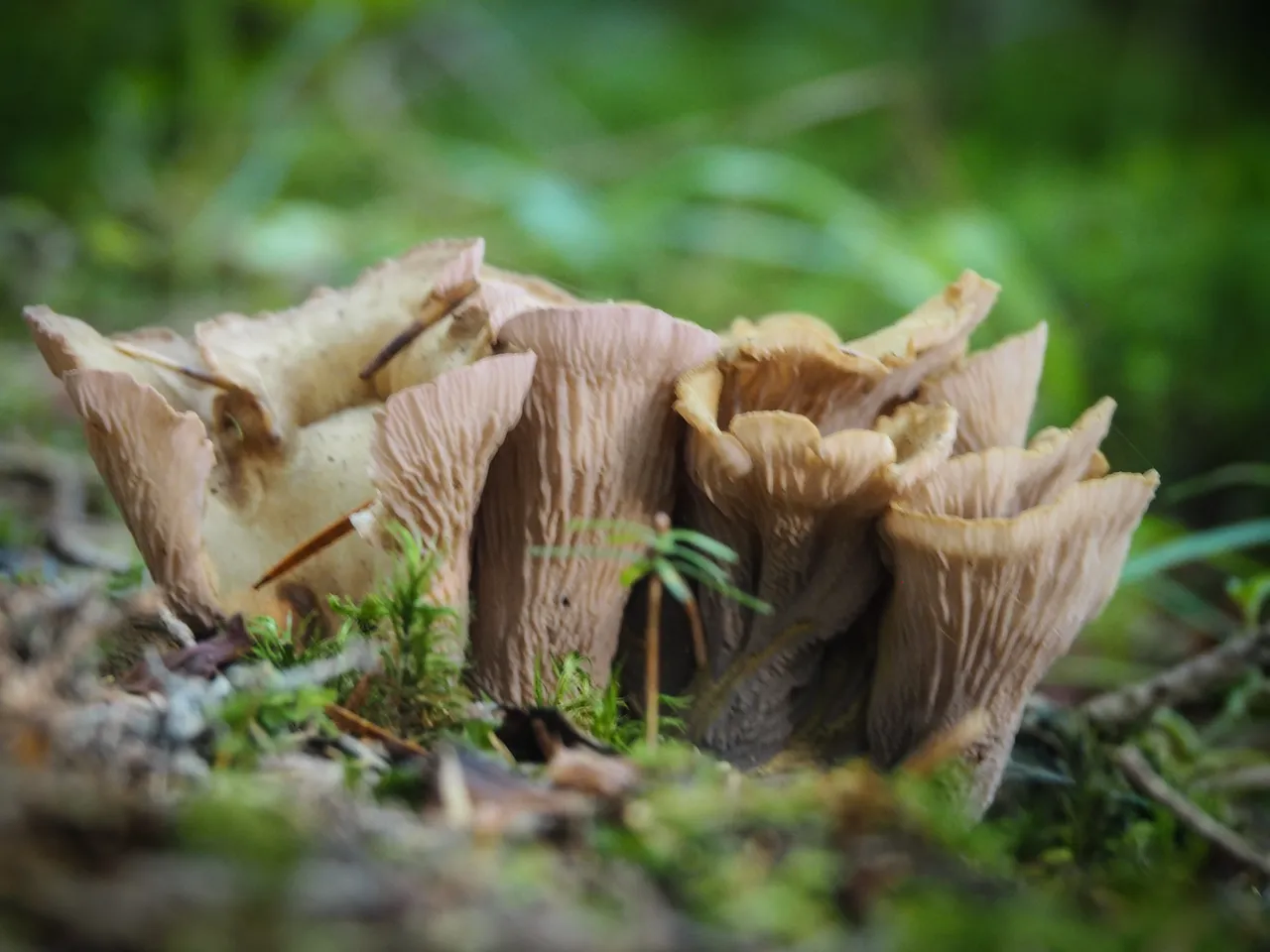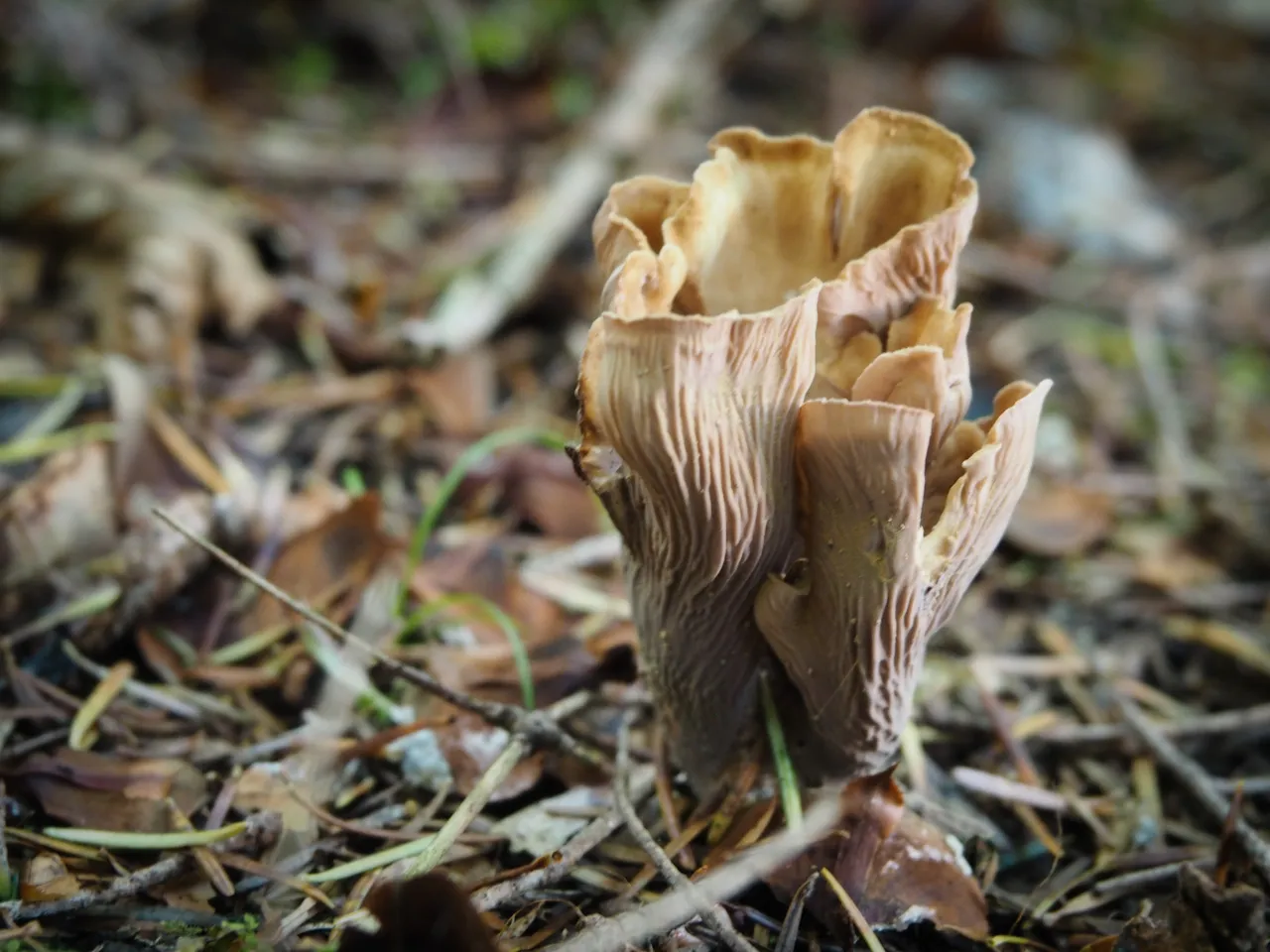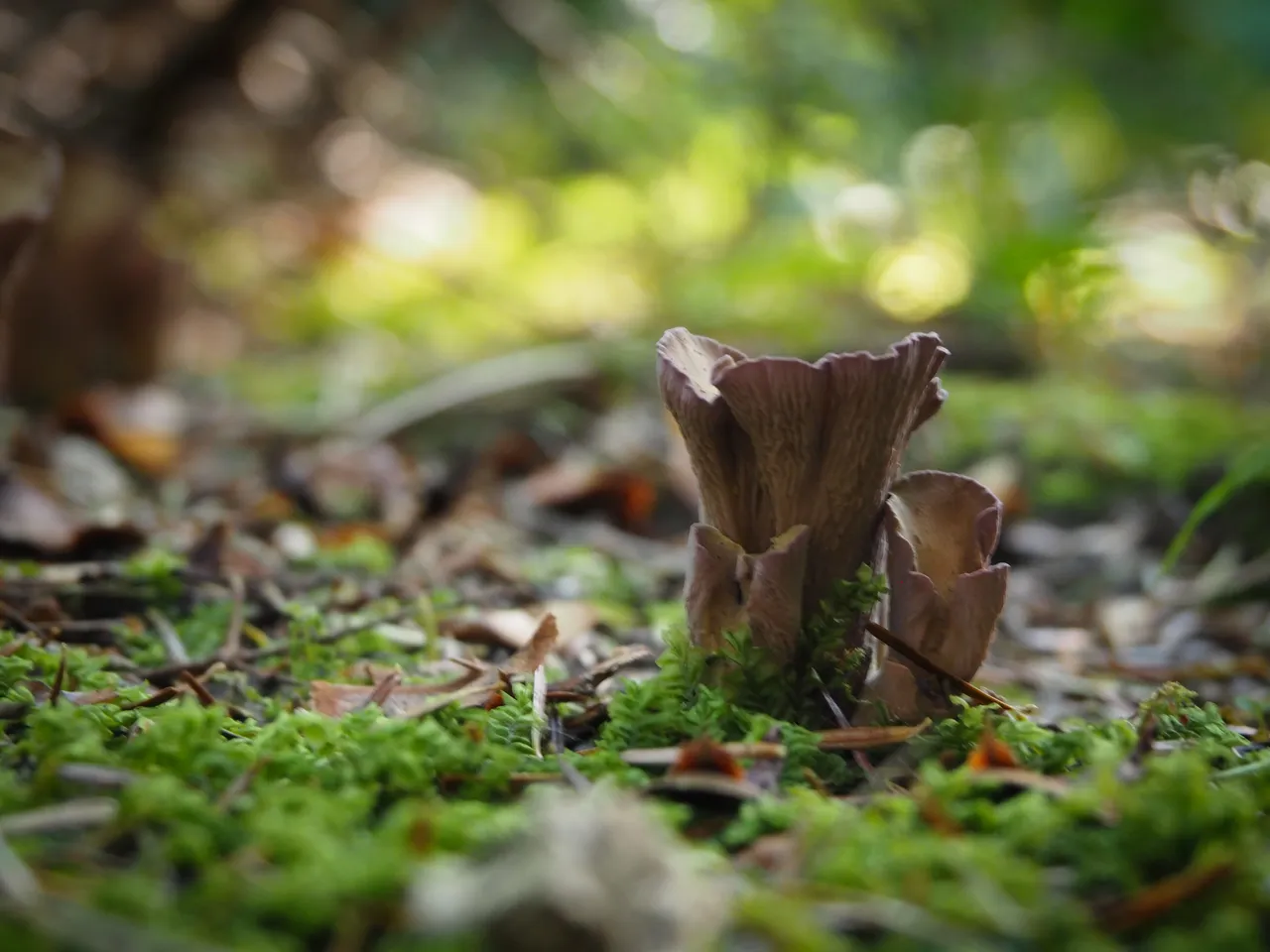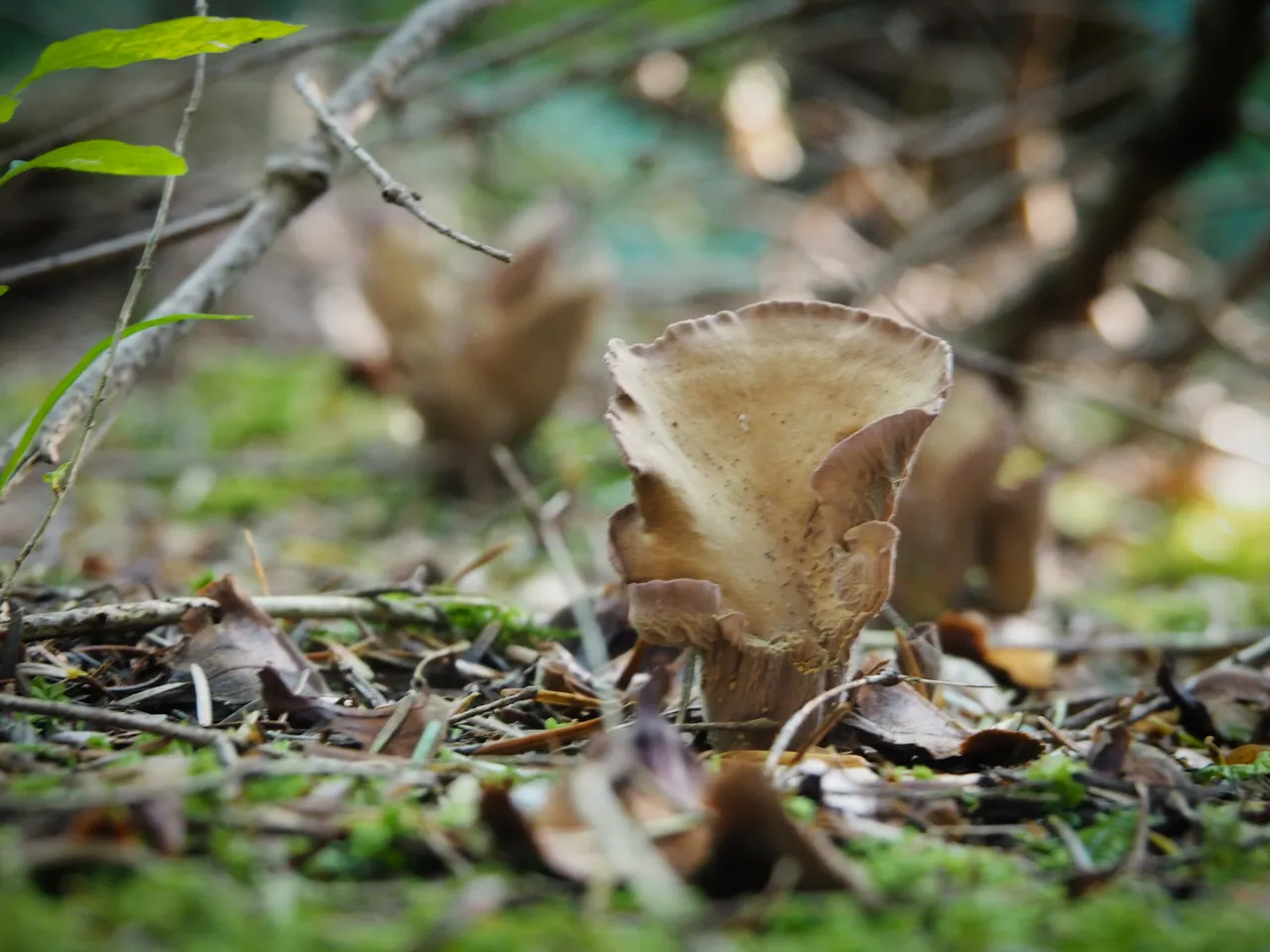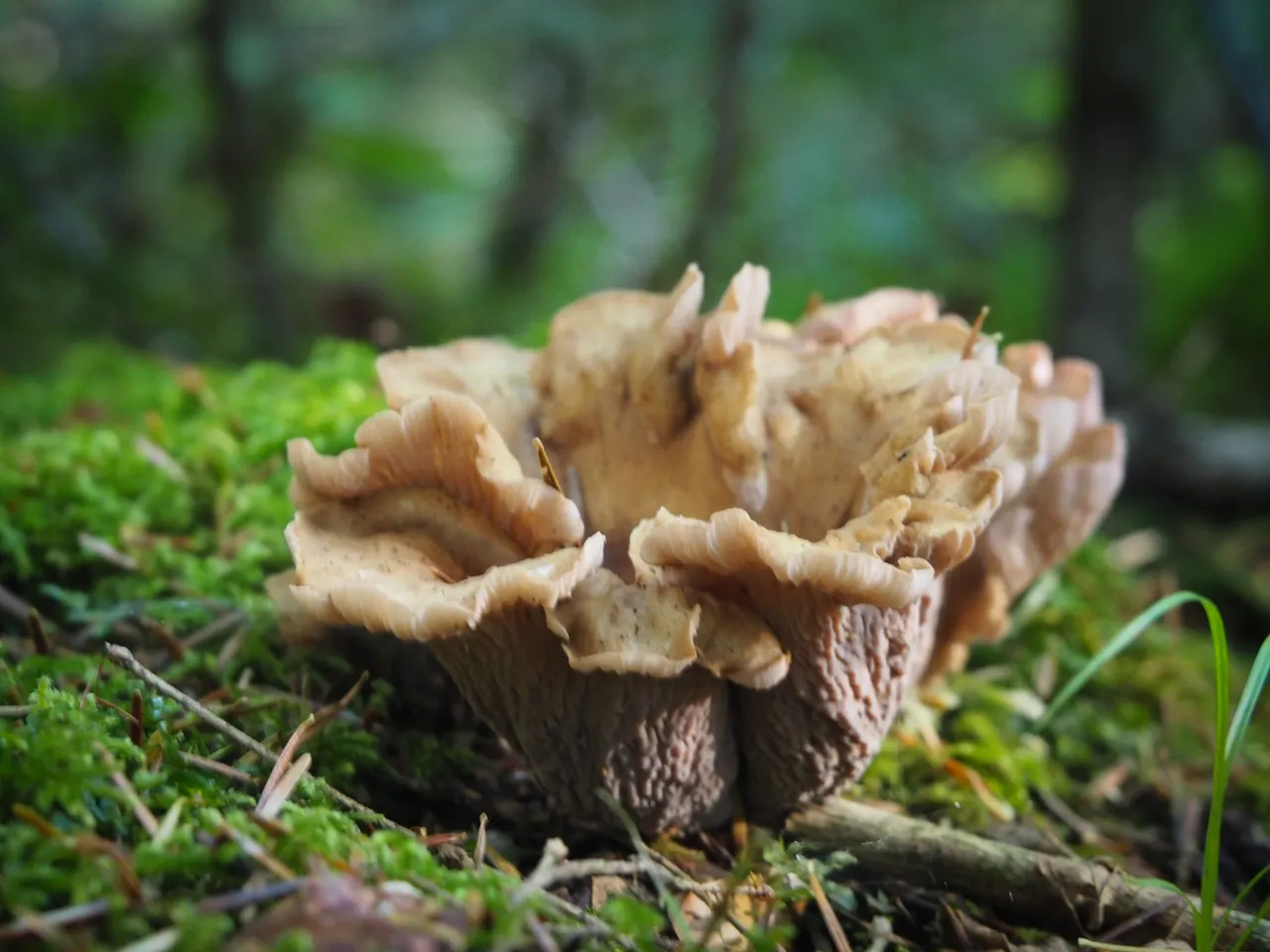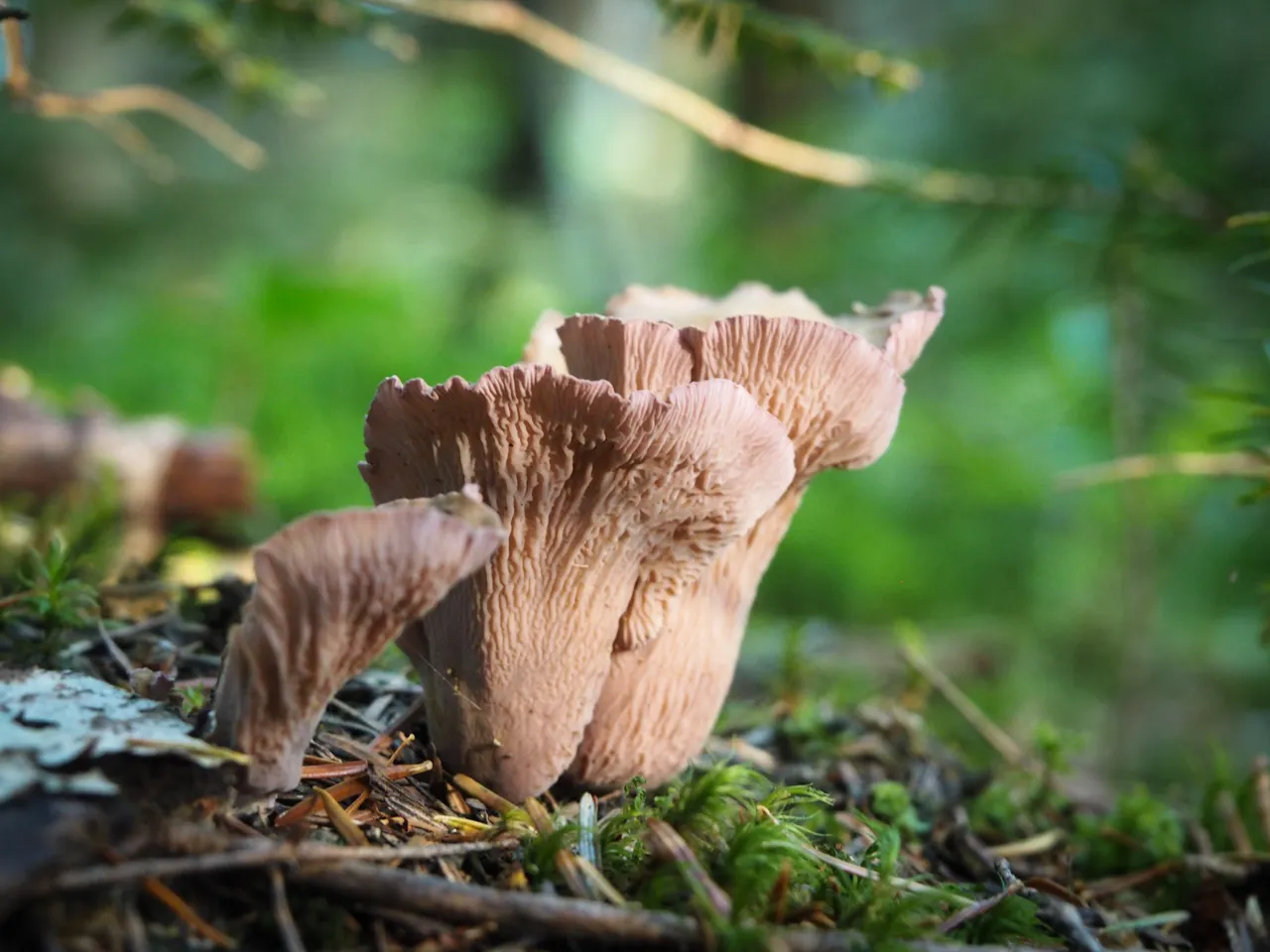
| En | Ua |
|---|---|
| Hello, fungi lovers! I mentioned earlier that last Sunday I managed to find time to go with friends for mushrooms. We didn't find many mushrooms then (from the mushroom picker's point of view), but personally I was satisfied because I managed to take a lot of photos of mushrooms. I also managed to discover a new species of mushrooms and, as it turned out later, this species is edible, although I did not take these mushrooms in my basket, but only took plenty of photos. By the way, I took the first photos with the flash on, because it was still quite dark in the woods at dawn. | Привіт, любителі грибів! Я вже згадував раніше, що минулої неділі мені вдалося знайти час, щоб поїхати з друзями по гриби. Тоді ми не знайшли багато грибів (з точки зору грибника), але особисто я був задоволений, тому що мені вдалося зробити багато фото грибів. Також мені вдалося відкрити новий для себе вид грибів і, як виявилося пізніше, цей вид їстівний, хоча я не брав ці гриби до свого кошика, а лише зробив вдосталь фото. До речі, перші фотографії я взяв із увімкненим спалахом, бо на світанку в лісі було ще досить темно. |
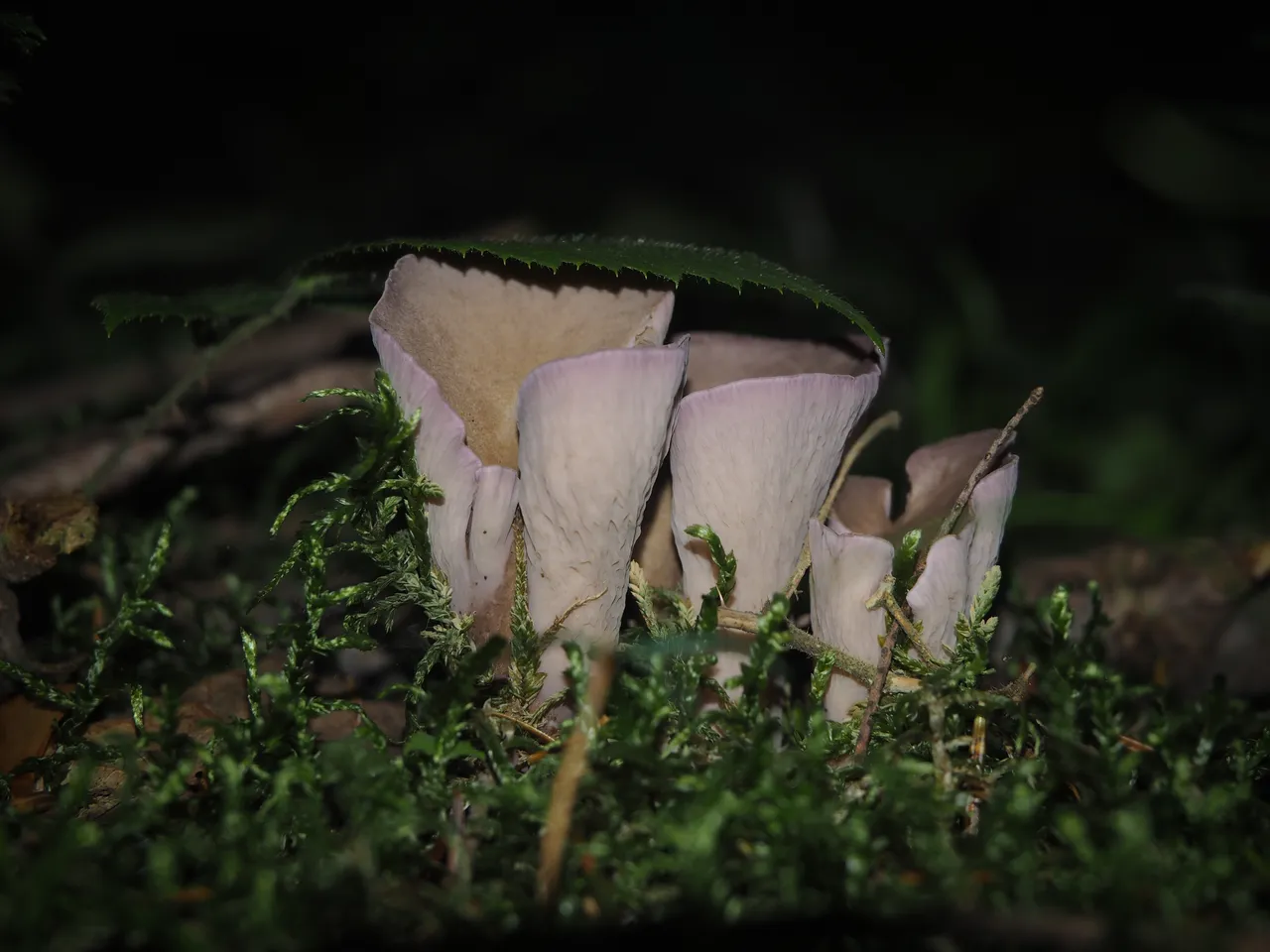
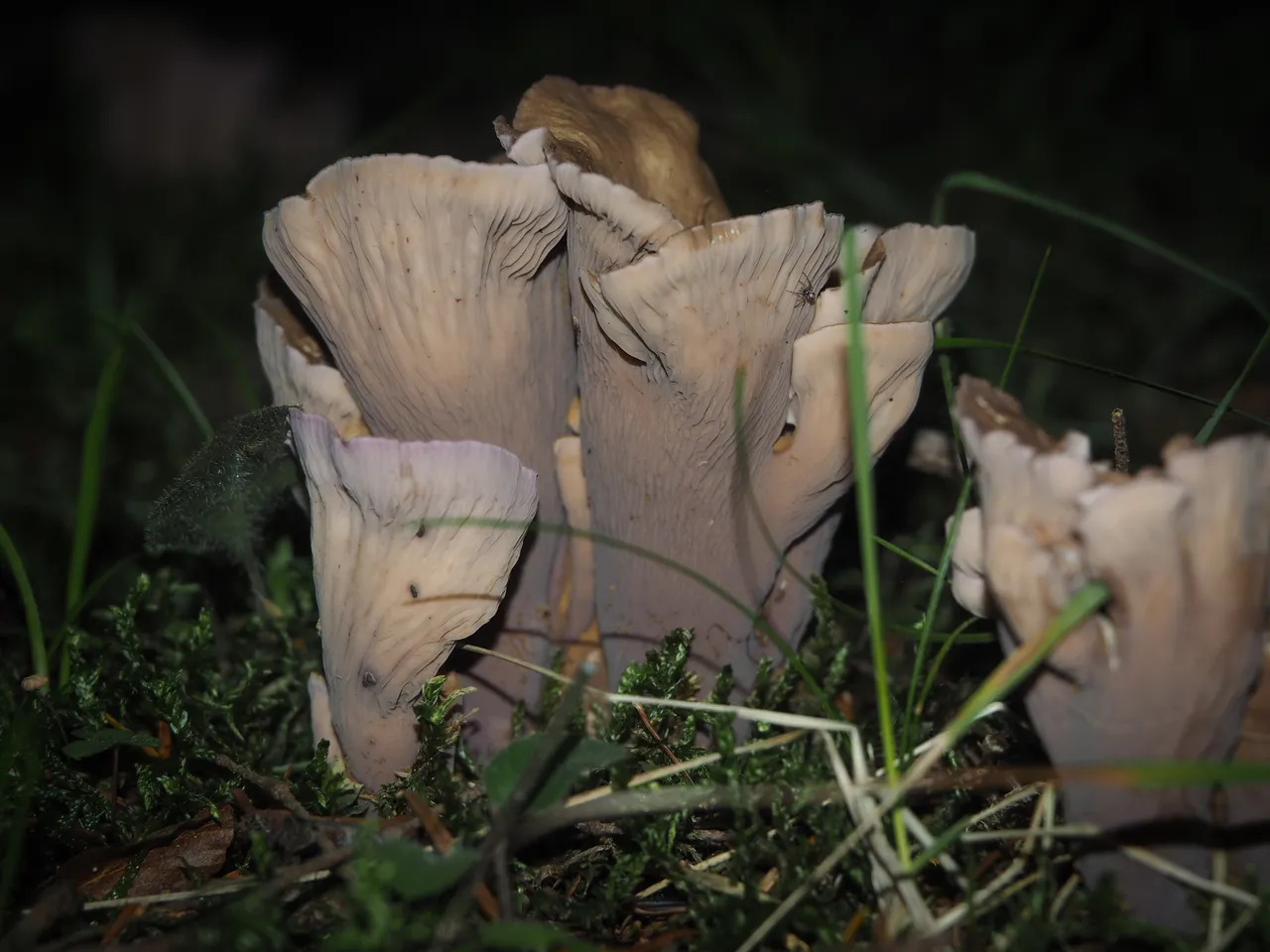
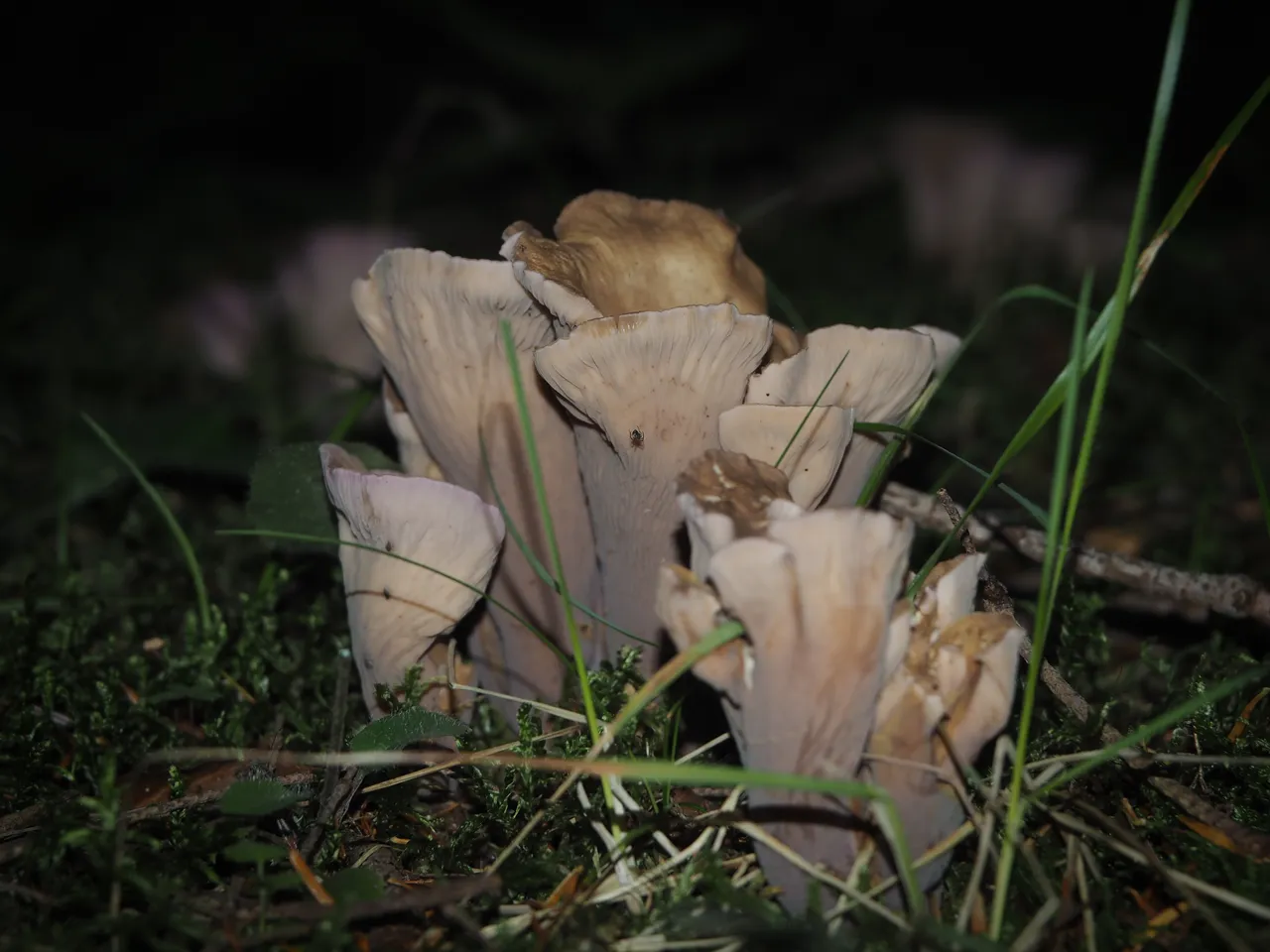
| En | Ua |
|---|---|
| When I first saw this mushroom in the forest, I noticed its resemblance to the black chanterelle (Craterellus cornucopioides). Because of this, I thought that my find might belong to the chanterelle family (Cantharellaceae). However, when, after a comparative analysis of my photographs and identified images of mushrooms in open sources, I in turn was able to identify what I found in the forest in the Old Sambir region, I realized that currently Gomphus clavatus is not considered a relative of chanterelles (Cantharellaceae). Previously, members of the genus Gomphus were considered relatives of chanterelles (hence one of the names), but molecular research has shown that this is not the case (source). Gomphus clavatus now belongs to a separate Gomphaceae family. Also this mushroom is called a pig's ear 😀. | Коли я вперше побачив цей гриб у лісі, то відзначив його подібність із чорною лисичкою (Craterellus cornucopioides). Через це у мене виникла думка, що моя знахідка може належати до родини лисичкових (Cantharellaceae). Проте, коли після порівняльного аналізу своїх фотографій та ідентифікованих зображень грибів у відкритих джерелах я зумів у свою чергу ідентифікувати те, що я знайшов у лісі на Старосамбірщині, я зрозумів, що в даний час гомф булавоподібний (Gomphus clavatus) не вважається родичем лисичкових (Cantharellaceae). Раніше представники роду Gomphus вважалися родичами лисичок (звідси й одна з назв), але в результаті молекулярних досліджень з'ясувалося, що це не так (джерело). Gomphus clavatus тепер входить до окремої родини гомфових (Gomphaceae). А ще цей гриб називають свинячим вухом 😀. |
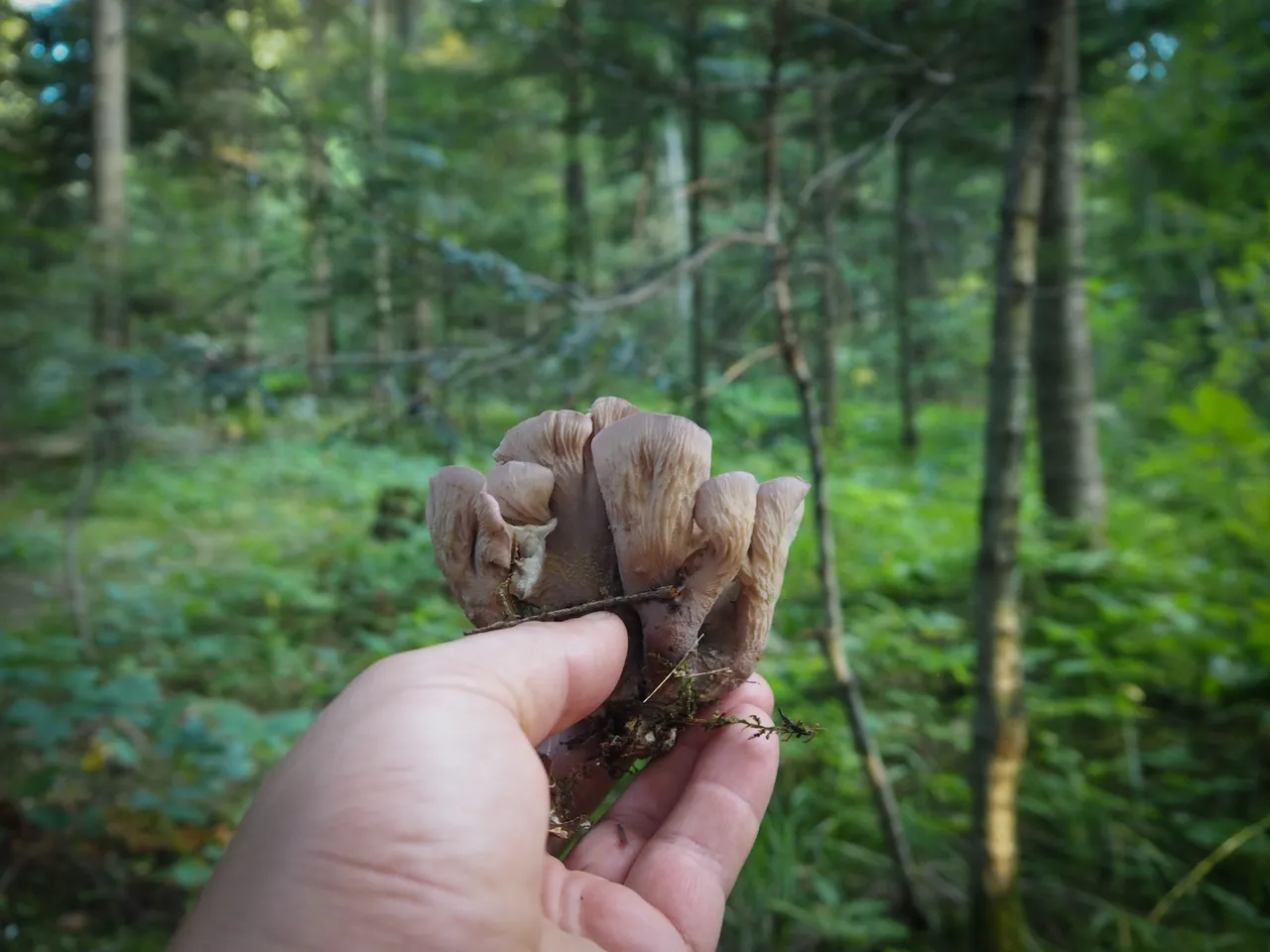
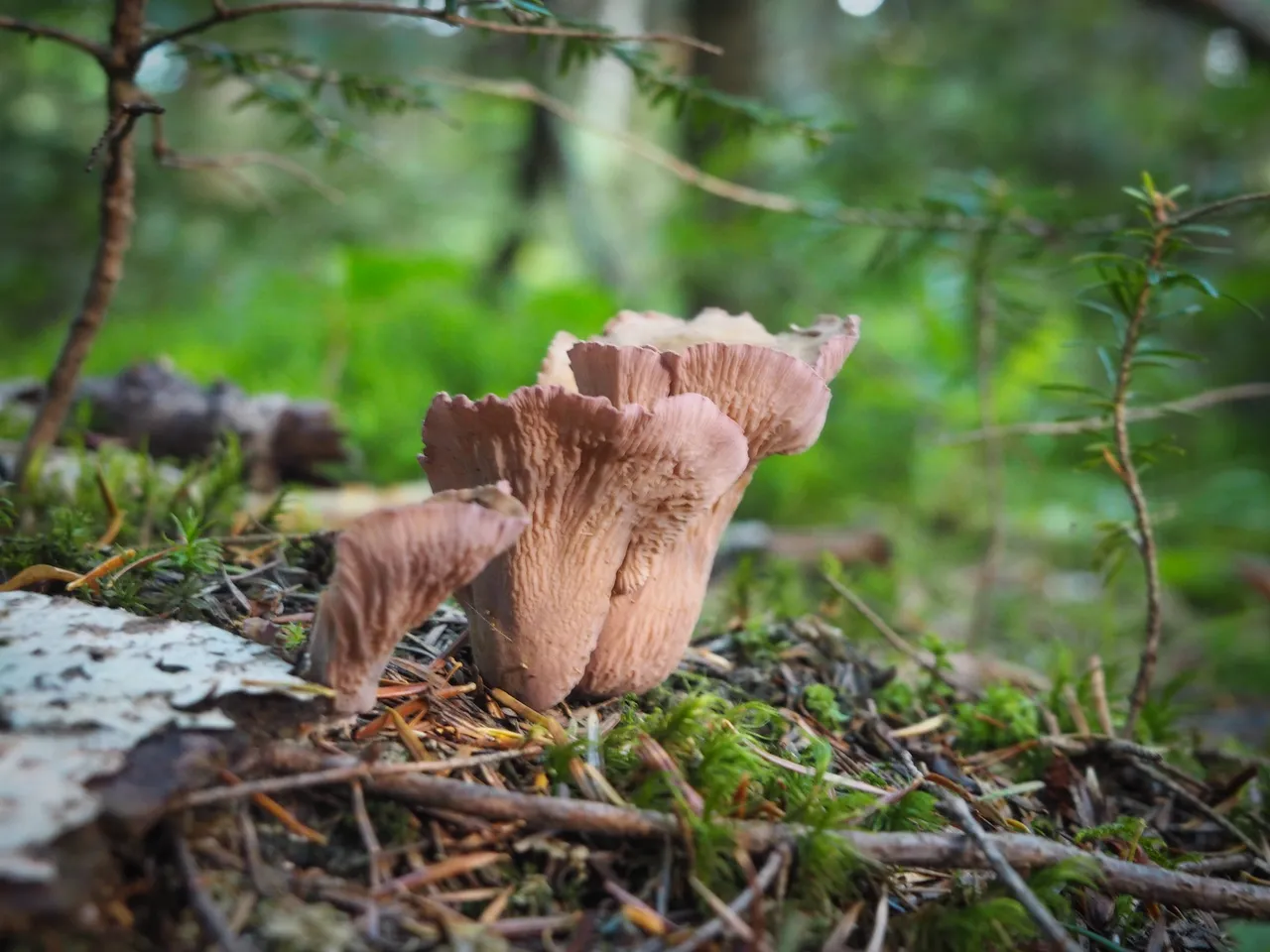
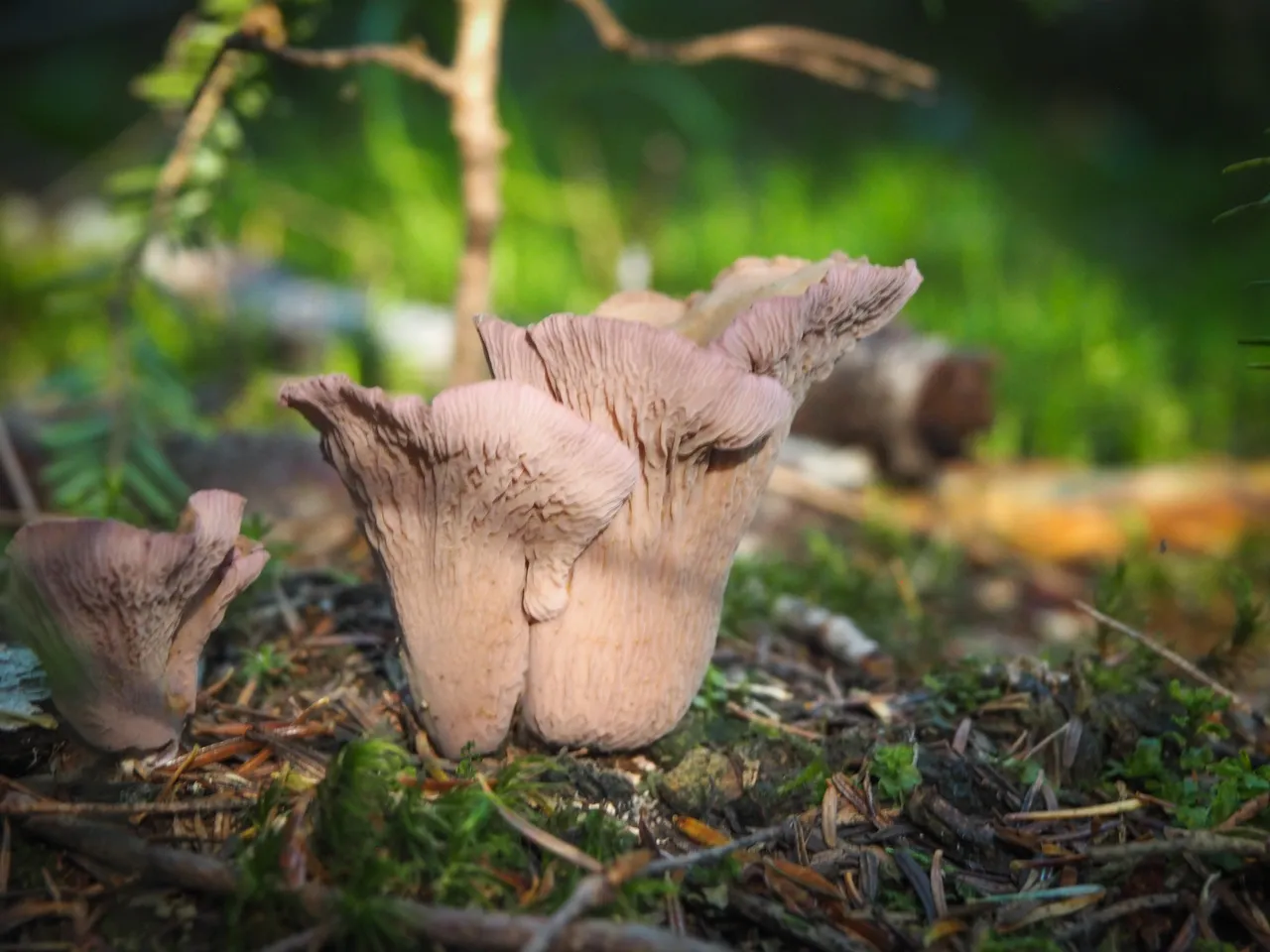
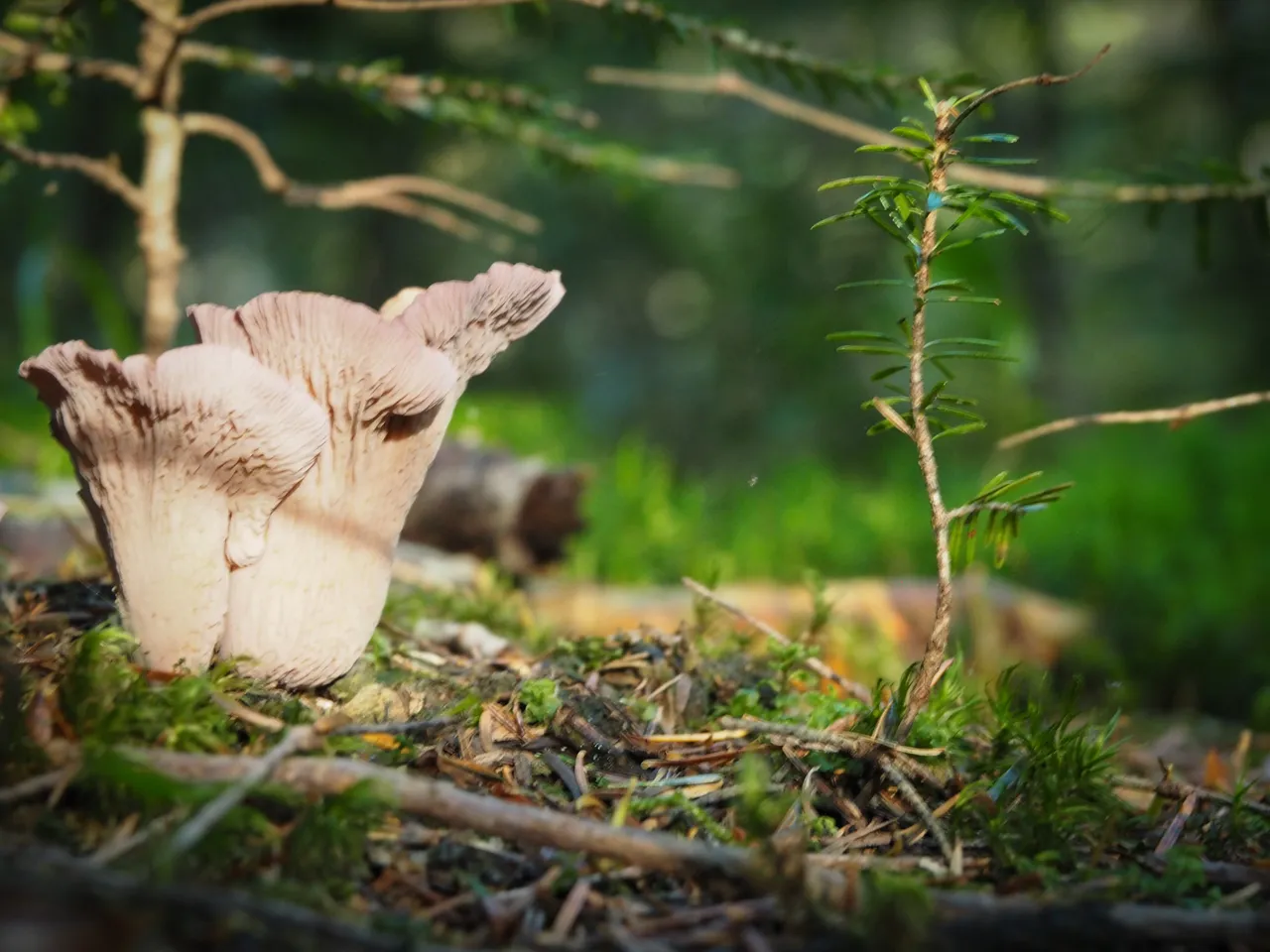
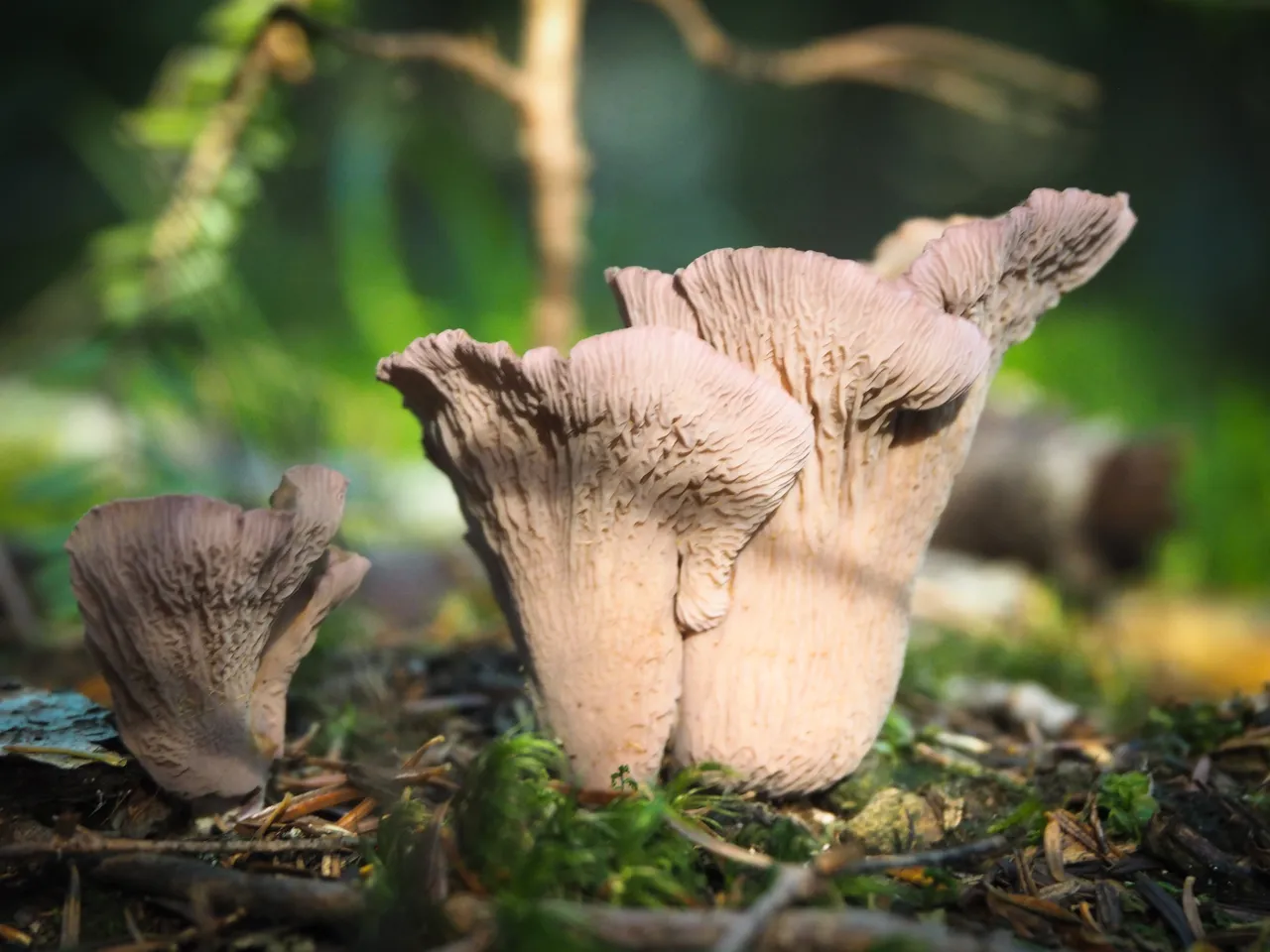
| En | Ua |
|---|---|
| Виявилося також, що Gomphus clavatus - єдиний представник роду Gomphus, який трапляється в Україні. То ж його занесено в Червону книгу України (джерело). The fruiting body of this fungus is club-shaped, similar to the ear (hence its name), up to 12 cm tall, asymmetrical, fleshy. The upper part of the fruiting body is concave, sometimes funnel-shaped, with thin longitudinal cracks at the edge. The flesh is purple or red, then yellow-brown with a purple tinge. The surface is wrinkled or veined. The tissue of the fruiting body is dense, white, with a pleasant odor. | Виявилося також, що гомф буловоподібний (Gomphus clavatus) - єдиний представник роду Gomphus, який трапляється в Україні. То ж його занесено в Червону книгу України (джерело). Плодове тіло цього гриба булавоподібне, схоже на вухо (звідси і його назва), до 12 см вистоти, несиметричне, м'ясисте. Верхня частина плодового тіла увігнута, інколи лійкоподібна, з тонкими поздовжніми тріщинами на краю. М'якоть фіолетова або червона, згодом жовто-коричнева з бузковим відтінком. Поверхня зморшкувата або жилкувата. Тканина плодового тіла щільна, біла, з приємним запахом. |
